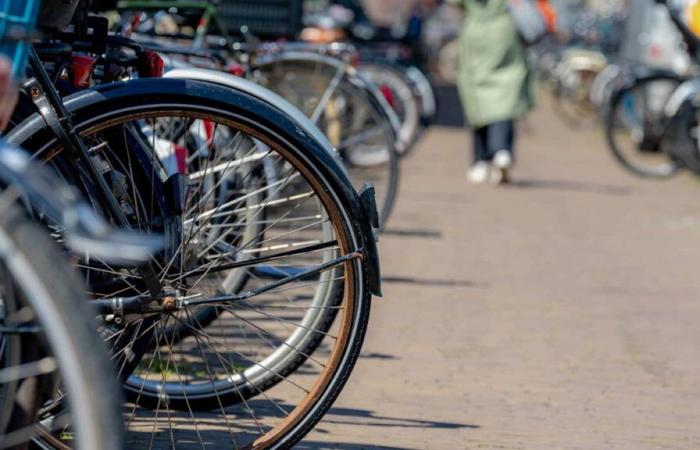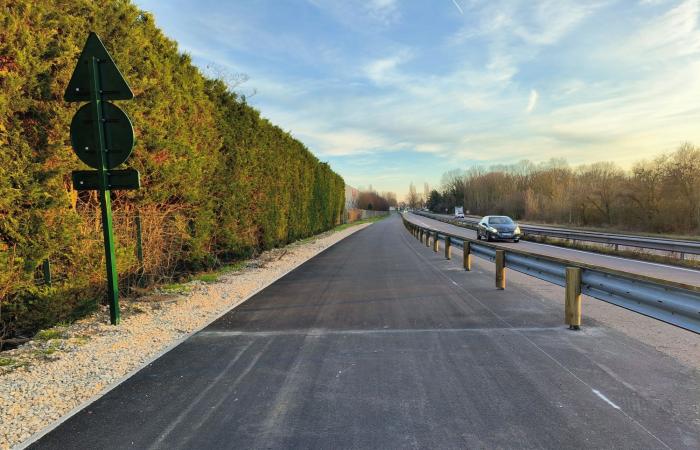While cycling has exploded in recent years in inner Paris, with the appearance of all-purpose cycle paths, this ecological mode of transport is less widespread in the outskirts of the Capital. However, efforts are being made to encourage it by adapting infrastructure. “We note a strong disparity between the departments of the inner and outer suburbs. In the inner suburbs, the Val-de-Marnethe Seine-Saint-Denis et Hauts-de-Seine put more financial and human resources to achieve their objectives, which are also much higher”, indicates the Vélo Île-de-France collective in a report on the assessment of cycling developments around Paris.
Since the adoption of its cycling plan in 2019, the Val-d'Oise initiated a significant development ofcycling infrastructurealthough the pace of achievement remains below the stated ambitions. Between 2021 and 2024, more than 19 kilometers of roads have been developed, positioning this department of greater Paris region in the lead for the number of cycling facilities during this period among its peers in the outer suburbs. However, the main emphasis has been on the rural territoriesabandoning denser areas, where demand remains strong.
Progress in rural areas, challenges in dense areas
Val-d'Oise has implemented several notable developments, such as cycle paths and greenways on departmental roads such as the D28 in Sage or the D983 in Magny-en-Vexin. These infrastructures, although appreciated, are mainly aimed at leisure or cycle tourism, not fully meeting the daily mobility needs of the inhabitants of the urban areas and dense. As highlighted by the Collectif Vélo Île-de-France, “the department must now make its promises a reality in dense areas of the territory”, in reference to structuring projects still pending, such as the development of the banks of the Seine in Argenteuil.
While several projects are still at the study stage, particularly on key axes such as the Pontoise bridge or the D316, the urgency to accelerate the implementation of the work is felt. To do this, associations and cycling collectives call on the department to strengthen consultation with users and launch quality transitional arrangements. This dialogue framework, existing at the time of the development of the 19 main axes of the bicycle plan, is no longer as active, but could make it possible to guarantee the quality and relevance of the infrastructures deployed.
In its report, the Vélo Île-de-France collective therefore asks the Department to launch work for the developments studied since 2021, to“accelerate the implementation of cycling facilities included in the cycling plan, and in urban areas”, but also “create a framework for consultation with associations on cycling development projects, from the start of the studies”.







